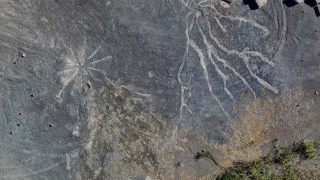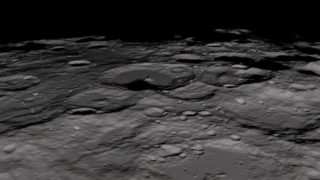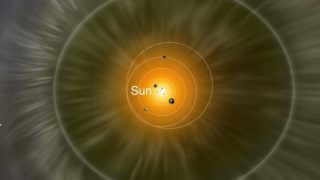
MI weekly selection #356
NY forest fossils date back 386M years The 386-million-year-old fossils of trees found in New York’s Catskills are likely the remains of the world’s oldest forest. Researchers found the remains of three different types of trees in what is now a quarry. New Scientist Ancient seawall finally gave way to rising waters A seawall dating […]








